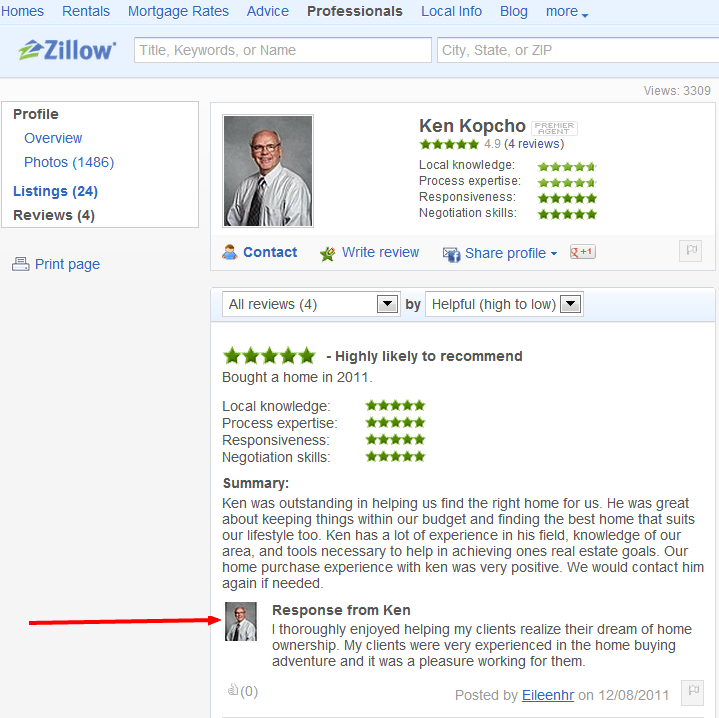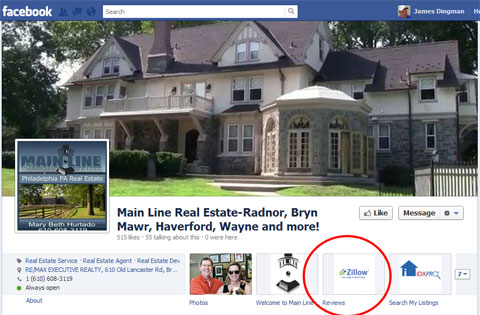With whom would you rather work? I know, I know. You probably just blurted out ‘Friends! Of course!’ That’s a natural response, one that is in line with conventional residential real estate thinking where your goal should be to build a 100% repeat and referral business within three years. If you’ve ever been to a real estate sales training program or seminar (picture: Brian Buffini), what you probably learned were techniques for adding lots of people to your corral of friends and then extracting business from them.
But I just read an excellent (and short) blog post from our friend, Kirk Eisele (who I just invited to pop in here from time to time and contribute a post or two), that brings clarity to my own discomfort with that approach. (Stop now and read it HERE, then come back)
True Confession: in my own real estate career I didn’t do a good job of converting my friends into customers. I didn’t want my friendships to be about my business; or rather, I was not good at keeping friendships about friendship while injecting my business into them. The idea of constantly talking with everyone I know about real estate was not my style. Allright: I sucked at it. And I always saw that as a failing. Kirk’s post helped me see it not as failure but as honest recognition that I am a marketer at heart. Of course, you already knew that.
I guess this explains in part why I fell in love with Help-U-Sell. This is a marketing driven business system. It is real and tangible and can be packaged and presented (marketed, sold) to consumers who quickly come to the logical conclusion that Help-U-Sell is a good idea. It is NOT personality driven. It’s not about who you know and whether they support your business (though we all need all the friends we can get), but relies on a solidly different and better apprpoach to the business for success. Help-U-Sell is for Marketers . . . and for Connectors who can learn to market.
This is not to belittle the Connectors. With quite a few notable exceptions, most of the successful real estate salespeople held up as models for us all are Connectors. Some of our best Help-U-Sell brokers are Connectors. But ALL of our Help-U-Sell Brokers are Marketers. It goes with the territory.
The simple fact that you’re building a business based on sound business principals (as opposed to building one based on who you know) makes the business more valuable. Richard Cricchio has built one heck of a Help-U-Sell business in Hawaii and though he is the voice of real estate in his weekly radio show, if he were to sell his company to a qualified candidate who follows the same plan, the company would probably not skip a beat. If his business was built on family, friends, neighbors, past customers and clients, anyone buying the business would realize that once Richard went away, so would the business.
Back to that initial question I asked: With whom would you rather work? Friends or Strangers? Let me blur the lines a little: how about Friends or Strangers and Former Clients?
I’ll take the latter every day. Strangers and former clients make the decision to work with me based on the efficiency and effectiveness of my program. Of course they have to be comfortable with me, but they don’t make the buying decision because of our long and rich history together. On the other hand, my experience working with friends and family is, honestly:
they usually expect a deal,
one that usually impacts my income.
At the end of the transaction, though everyone is all smiles, somewhere in the back of the the Friend’s mind is the nagging question: ‘Did he really give me a good deal?’ Meanwhile, that stranger I just converted into a client and a sale is delighted over the great service and low fee I charged.



